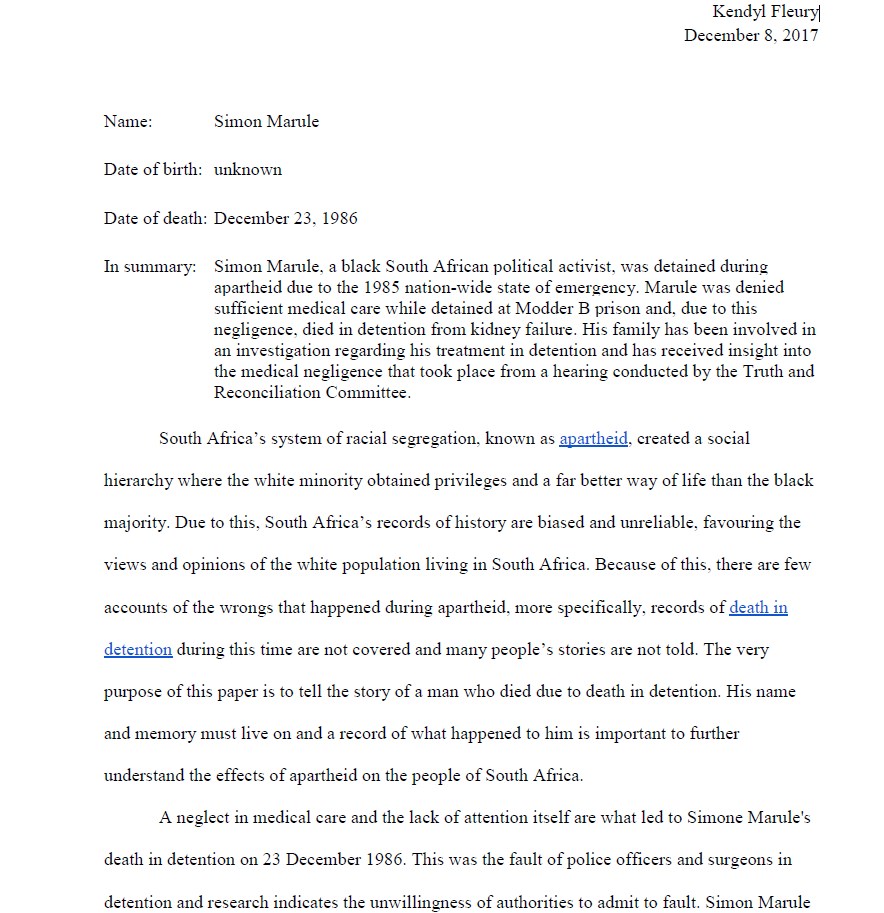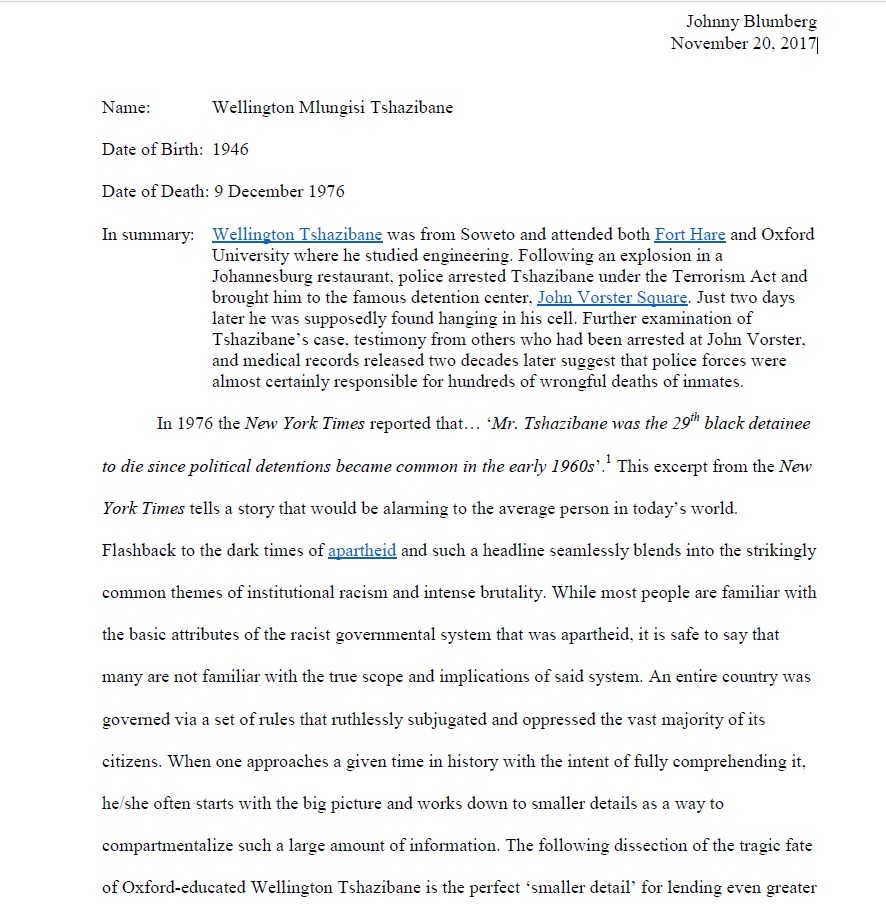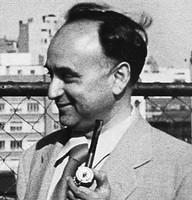Wellington, Western Cape
The picturesque town of Wellington is a scenic 45-minute drive from Cape Town, 15-minutes’ from neighbouring Paarl and 30 minutes’ scenic drive through the Winelands, to Historic Stellenbosch. Wellington’s agricultural economy is centered on its award-winning wines, table grapes, deciduous fruit and fine brandy, and it is also home to South Africa’s sole whisky producer. The Region is renowned for beautiful Cape Dutch homesteads, picturesque environment, gardens and wineries. The Historic Bain’s Kloof Pass, with unsurpassed vistas, indigenous flora and fauna and crystal-clear streams and rivers, is the perfect spot for hikers and fly-fishermen. Closer to Town, guided wine-walks and horse-trails through rich farmland and flowering fynbos offer the opportunity to see and experience Mother Nature at her finest. In the beginning of Town, perched up on a Hill is the rather Large and looming NG Kerk of Wellington!
The Berg River flows along the western border with two smaller Streams, the Spruit and Kromme and the towering Hawequa Mountains stand guard on the eastern side. The Bainskloof Pass, built by the famous Scot, Andrew Geddes Bain, was the sole gateway to the north, before Du Toitskloof Pass was built.
Wellington is surrounded by fruit orchards, wine estates, buchu plantations and olive groves. In addition, its vine-cutting nurseries produce approximately 85% of the country’s vine root stock for the wine industry.
The region is the recipient of an impressive array of national and international accolades for their wines. The Wellington wine and brandy route boasts an array of fine producers.
Hiking trails, bird and wildlife viewing, Unimog expeditions, mountain biking, 4×4 routes and abseiling are just some of the Outdoor Activities to be enjoyed in the mountainous terrain and scenic surrounds.
More French Huguenots settled here than anywhere else in the Cape and the valley was formerly known as Val du Charron. Visit the Wellington Museum with its diverse cultural exhibits, and learn more about the region’s History.
The town was renowned as an important academic centre for theological studies and the Seminary gave rise to present-day Huguenot High School and the Huguenot Teachers Training College. Other educational institutions include Boland College and the Cape Peninsula University of Technology.
Wellington boasts two leather factories producing hand-crafted, quality leather products and a variety of locally produced arts and crafts.
Geolocation
18° 59' 16.8", -33° 38' 49.2"
References
http://www.wellington.co.za/
Further Reading
https://www.sa-venues.com/things-to-do/westerncape/bysuburb/wellington/


